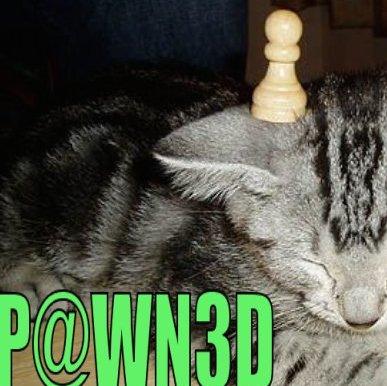
The "Suicidal" Pawn Storm
In the previous installment of this series, we discussed the situations where it is beneficial to break one of the cardinal rules of chess: do not push pawns in front of your king.
As you could notice, in all the games that we analyzed last time, both kings castled the same side. What happens if we deal with castles to the opposite sides of the board?
Wouldn't pushing pawns in front of your king be sure suicide?
In most of the cases yes, once you create targets around your king by moving the pawns, you are doomed. Think about it: the most common plan in the situations when opponents castle opposite sides is a pawn storm. And the whole point of a pawn storm is to open files against your opponent's king by trading pawns there.
So if you move any pawn in front of your king, it will only help your opponent to open files against your own king. Why would anyone in his right mind do it?
To find an answer, let's look at the classical opening where the main strategy is a pawn storm: the Yugoslav variation of the Dragon Sicilian. Here is a very famous game played by two very strong chess players. Find the most energetic way to finish White's attack:

Karpov via wikipedia
You have just seen what happens when Black allows White to play h2-h4-h5 and open the h-file. Now you can understand the reason behind a paradoxical Soltis variation where Black breaks the classical rule and pushes the pawn in front of his king despite the coming pawn storm:
Yes, the h7-h5 move doesn't completely prevent the opening of the Black's Kingside, but delays it for a couple of moves. This is all Black needs to generate his counter attack. The following game made the h7-h5 move in the Dragon variation very popular:
In the next famous game, Petrosian found himself in a very difficult situation against one of the best attacking players of all time. White's attack was about to start any moment now, but Kasparov wanted to prepare it the best way because he didn't need to rush since Black didn't have any counterplay.
And this is exactly the moment where Petrosian threw a monkey wrench by pushing his b-pawn.

You shouldn't think that pushing a pawn in front of your king is just a desperate attempt to stave off your opponent's attack. Sometimes it is a start of your own attack, as in the next beautiful game by GM Gligoric:
I would like to conclude this article with one more positional gem of Tigran Petrosian. In this case, he pushed a pawn in front of his king with a sole idea to undermine White's c5 pawn.
Finally, let me reiterate that the goal of this series is not to make you break the old good rules of chess.
In the vast majority of the cases you should definitely follow this golden rules. But don't do it automatically, and keep your eyes open.
There are more exceptions to the rules than you might expect!
RELATED STUDY MATERIAL
- Check out GM Serper's last article: Break the Biggest Rule in Chess -- and Win!
- Watch IM Keaton Kiewra's video on the fighting Sicilian Dragon.
- Take a lesson on pawn storms in the Chess Mentor.
- Practice your pawn tactics in the Tactics Trainer.
- Looking for articles with deeper analysis? Try our magazine: The Master's Bulletin.






